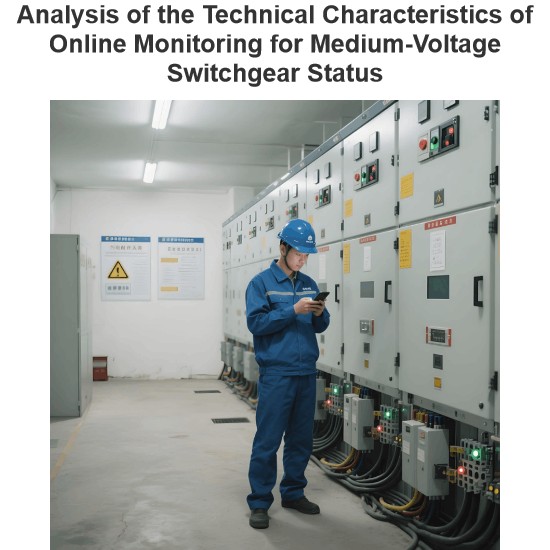What is Electrical Switchgear Protection?
What is Electrical Switchgear Protection?
Switchgear Definition
A switchgear is defined as all the switching devices used in power system protection. It includes devices for control, metering, and regulating electrical power systems. When assembled logically, these devices form switchgear. In simpler terms, switchgear refers to systems that switch, control, and protect electrical power circuits and equipment.
Switchgear and Protection
We all know about low voltage switches and re-wirable fuses at home. Switches manually open and close electrical circuits, while electrical fuse protect household circuits from overcurrent and short circuits.
In same way every electrical circuit including high voltage electrical power system needs switching and protective devices. But in high voltage and extra high voltage system, this switching and protective scheme becomes complicated one for high fault current interruption in safe and secure way. In addition to that from commercial point of view every electrical power system needs measuring, controling and regulating arrangement. Collectively the whole system is called switchgear and protection of power system. The electrical switchgear has been developing in various forms.

Switchgear protection plays a vital role in modern power system network, right from generation through transmission to distribution end. The current interruption devices are called circuit breaker.
The circuit breakers can be operated manually as when required and it can also be operated autometically during over current and short circuit or any other faults in the system by sensing the abnormality of system parameters. These power system parametrs can be current, voltage, frequency, phase angle etc.
The circuit breaker senses the faulty condition of system through protection relays and these relays are again actuated by faulty signal normally comes from current transformer or voltage transformer.
Switchgear must carry, make, and break normal load currents like a switch and clear faults in the power system. It also meters and regulates various electrical power parameters. Switchgear includes circuit breakers, current transformers, voltage transformers, protection relays, measuring instruments, electrical switches, electrical fuses, miniature circuit breaker, lightning arresters or surge arresters, electrical isolators, and other equipment.
Electric switchgear is necessary at every switching point in the electrical power system. There are various voltage levels and hence various fault levels between the generating stations and load centers. Therefore various types of switchgear assembly are required depending upon different voltage levels of the system. Besides the power system networks, electrical switchgears are also required in industrial works, industrial projects, domestic and commercial buildings.

The Electricity Encyclopedia is dedicated to accelerating the dissemination and application of electricity knowledge and adding impetus to the development and innovation of the electricity industry.













